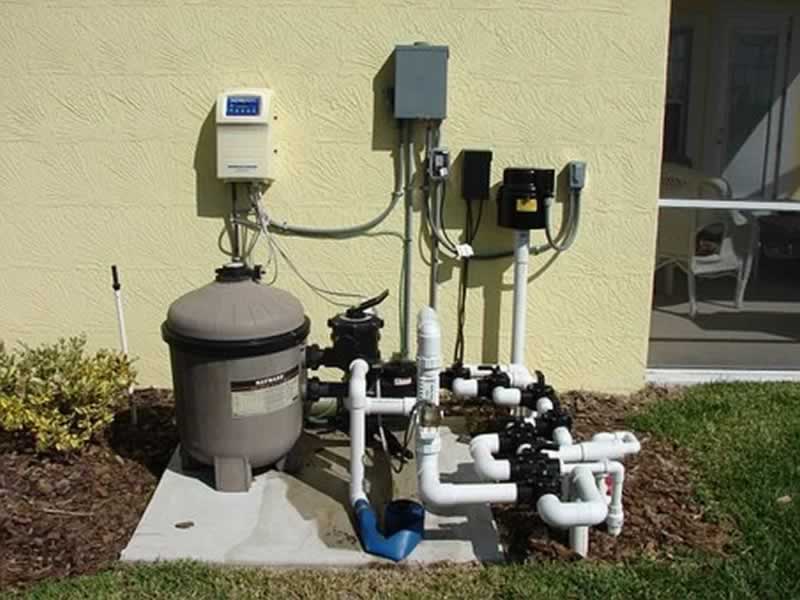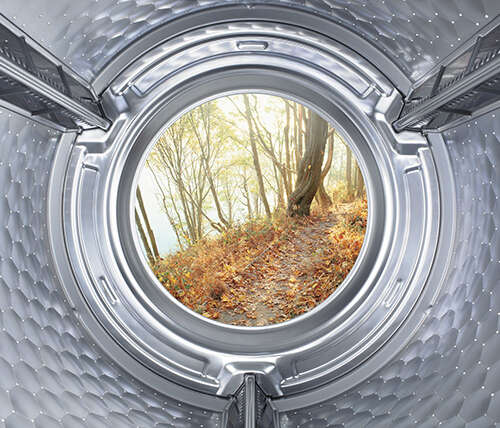Fresh water plays a vital role in our health as it sustains life. However, in some cases, natural or added contaminants often affect the quality of the water intended for human consumption. Water pollution is a global problem that can lead to health problems such as water-borne diseases. The good news is that with the right water filtration system, the challenge of water pollution can be eliminated at the household level.
Read on to learn how to maintain the filtration system to keep contaminants out and make sure you are safe.
Choose the right water filtration system
First and foremost, you need to choose the right water filtration system that will suit your needs, budget, and lifestyle. Even so, you need to know that no water filter can remove all of the microorganisms in water. It is important to understand what a water filter can and cannot do. There are several brands of water filtration systems on the market. So read the labels to understand what contaminants a particular filter will remove. In particular, use the device as recommended by the manufacturer.
Know the impurities in your water
There are more than 250 contaminants in drinking water. Even if your tap water is clean and regulated by local and state authorities, it doesn't necessarily mean it is safe to drink. This is why it is a good idea to install a hose water filtration system to get rid of the toxic contaminants that can cause various health problems. Before purchasing the system, it is a good idea to consult a water filter professional to assess the quality of your water. Professionals can recommend effective water systems for your home by testing the water to identify the types of contaminants found. Experts will help identify harmful contaminants in your water and recommend installing the appropriate home filter.
Determine the amount of filtered water you want
A water filtration system requires high quality maintenance to ensure that it is used to remove contaminants. Some filters are slow and can only clean small amounts of water, while others can filter large amounts of water quickly. If you only want to filter water for drinking, you can go for a small system. It is important to avoid overloading your cleaning unit as it will malfunction and not be able to provide you with clean drinking water.
Follow instructions
Each water filtration system comes with the manufacturer's instructions for use. If you are unsure about the installation, it is recommended that you hire a water professional to do the installation for you. To keep your device in good working order, you must carefully follow the instructions. Avoid taking abbreviations as this can affect the system and unpurified water will flow through the system. You must carefully follow the guidelines to avoid damaging your system if you use the wrong detergent.
Clean the cleaning system regularly
It is important to clean the inside of the water filtration system thoroughly and frequently to prevent the build-up of contaminants and minerals. Gently rinse the system with warm water and do not use hard brushes to scrub the component. Rinse the device carefully so that no harmful toxins from the detergents are absorbed into the filtered water you drink at home. Disinfect different parts of the cleaning unit.
Water softeners usually contribute to the build up of salts in the filter, which means you should clean it at least once a week. You must turn off the system while cleaning so that you can remove all critical components. After cleaning the parts, make sure they are tight and check for leaks before using your water filter and dispenser. You need to closely monitor the filter when using it to look for signs of defects. Various filter systems are supplied with controls. However, these may differ depending on how the gadget is used.

Change the filter cartridges
Different filter systems consist of control units that indicate the status of the filter by using different colors. You need to change the filter regularly to avoid clogging. Follow the guidelines to change the filter as recommended. Make a note of the date when you change the filter and follow the instructions from the cartridge manufacturer. Most manufacturers measure the life of their water cartridges in cleaned or month-long water gallons.
You will also need to clean the housing kit for the filter to remove all debris before installing a new cartridge. Also, you need to make sure there are no leaks before closing the device. It is important to handle the cartridges carefully as they can break easily. Some filters can be reused after cleaning. However, you should constantly monitor the water quality to make sure it is safe.
Replace your water filtration system
As with any other device, it may not be possible to use the water filtration system for the rest of your life. The system comes with a recommended life that you may need to replace later. Regular maintenance can fix some of the problems, but you can't keep using an old water filter as it can result in unfiltered water due to the inefficient system. You can also improve the life of your household water purifier by following a cleaning routine that provides healthier, better-tasting drinking water.
Drinking water in various places contains a variety of pollutants, although it is regulated by the state and local governments. Some contaminants are microscopic and cannot be identified with the naked eye. However, signs such as odor, bad taste, and residue from the setting of the water in the glass indicate the presence of impurities. A home water filtration system can play a vital role in eliminating some of these microorganisms. although no system is 100% perfect. There are several steps you should take to keep your filtration system in good working order.




